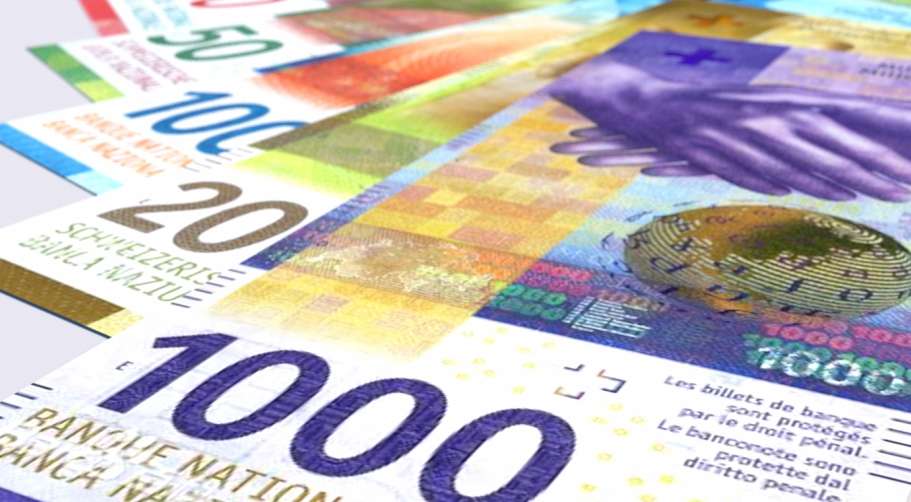Australian CPI Rises, Yet Rate Cuts Loom?
Advertisements
In a remarkable twist of economic events, Australia's retail sector has recently witnessed significant growth, coinciding with a noticeable uptick in consumer price index (CPI) figures. The situation presents a paradox for the Australian economy, as a potentially favorable retail performance does not immediately suggest a move away from the prevailing trend of high inflation. November brought a reported annual CPI increase of 2.8%, barely within the Reserve Bank of Australia's (RBA) target range of 2% to 3%. This figure, particularly relevant for policymakers, reflects the core inflation rate calculated using a trimmed mean approach which removes volatile items that could skew the overall perspective.
The conversation in economic circles is vibrant as finance minister Jim Chalmers expressed optimism over the retreating core inflation. This is significant against a backdrop of the RBA maintaining interest rates since November 2023, thereby heightening discussions on the fundamental balance of supply and demand within the Australian economy. Observers speculate that a shift may occur as the RBA prepares for its next meeting, slated for February 2024, where a 25 basis points cut from the current 4.35% could be passed, speculation fueled by the market's readings of the latest inflation trajectories.
The upcoming essential economic data releases may add crucial context to the RBA's decision-making process, making the upcoming February meeting pivotal. In particular, the anticipated presentation of December quarterly price data is likely to feed into the discussion of future policy directions, emphasizing the importance of timely information in navigating these complex economic waters.
November’s CPI figures stand as a reflection of the country's inflation landscape, influenced heavily by rising prices across specific sectors. Notably, food and non-alcoholic beverages have experienced a growth of 2.9%, alongside a significant 6.7% rise in alcoholic beverages and tobacco along with a 3.2% increase in recreational expenses. In terms of relief, declines in electricity (21.5%) and automotive fuel prices (10.2%) have helped cushion the overall inflation spike. These contrasting elements paint differing narratives; on one hand, increasing prices are concerning, yet on the other, decreases in certain areas offer a glimmer of hope regarding consumer expenditures and overall cost of living.

Another interesting outcome in recent economic news came from the "Black Friday" retail sales, which achieved a startling month-on-month increase, reaching an impressive growth rate of 0.8%. This figure marks a peak in monthly sales growth that hadn't been observed for some time, an indication of the promotional influences from the retail climate during the holiday shopping season. However, the 0.8% increase did not quite meet expectations, highlighting persistent consumer hesitance despite significant promotional pushes.
The ramifications of the retail data were immediate, as the Australian dollar responded by slipping 0.3% against its US counterpart, hitting 0.6197 at its lowest. Yet, in a broader context, annual growth in retail sales has climbed 3.0%, translating to a cash value of AU$ 37.1 billion, suggesting that promotional strategies have broadened across the entire month rather than simply focusing on one weekend.
AMP economist My Bui noted this potential exit from the challenge posed by the cost of living crisis, asserting that consumers are slowly regaining confidence. The uptick in retail spending is being buoyed by demographic growth, although per capita spending trails behind inflation. Recent trends indicate consumers may be about to loosen the purse strings ahead of the 2024 holiday season, influenced by positive sentiments reflected in consumer confidence surveys.
The commentary surrounding the results points to a promising yet complicated retail landscape. Categories have performed well, with department stores growing by 1.8%, clothing, footwear, and personal accessories retail increasing by 1.6%, and furniture and associated products achieving a 0.6% growth, while cafes and restaurants also saw a 1.5% rise in expenditure. This pattern suggests that despite overall growth, underlying factors indicate potential weaknesses as normality returns following pandemic-related shifts.
However, experts remain cautious, with Oxford Economics' chief economist for Australia, Ben Udy, expressing concerns about the sustainability of this growth. Seasonal adjustment challenges face the Australian Bureau of Statistics (ABS), dampening the reliability of interpretations on consumer strength. The imminent holiday sales period casts a shadow over peak retail performance, hinting that subsequent months—from December onward—could feature a substantial pullback in spending.
On a macroeconomic level, despite an abundance of positive indicators pointing towards recovery, some analysts urge a more tempered perspective, particularly concerning larger consumer durables such as home appliances, which have seen slow growth relative to expectations. Therefore, while retail figures have improved, significant caution remains a requisite approach when drawing conclusions about the overall economic vitality.
As we look forward, the RBA's upcoming deliberations in February appear consequential. While the inflation narrative shows signs of complexity with core figures still presenting heightened levels, the buoyant retail growth offers a glimmer of hope. Despite considerable pressure from compelling macroeconomic factors, the absolute certainty of a rate cut remains elusive with some analysts thus portraying the situation as navigable rather than definitively positive.
Ultimately, the interplay of these various elements underlines the intricate dance within the Australian economic theatre. Observers will undoubtedly keep an eye on upcoming reports, particularly regarding the labor market and wage growth, all pivotal in shaping the RBA's approach towards potential fiscal easing.
Economic data ahead of the RBA’s February meeting promise to be enlightening. If forthcoming metrics indicate sustained economic weakness, the door toward a rate cut could be left ajar. The evolving global economic dynamics fitting into the puzzle will undoubtedly contribute to the landscape of the RBA's decisions in the months ahead.
Leave a Reply